Table of Contents
Centrophenoxine (Lucidril® or meclofenoxate) is one of the original nootropics. Developed in France in 1959, Centrophenoxine is a combination of DMAE (dimethylethanolamine) and pCPA (parachlorphenoxyacetic acid).
DMAE is an amine naturally produced in small amounts in your brain. Researchers speculate that DMAE may increase acetylcholine (ACh) levels in the brain by inhibiting choline metabolism in peripheral tissues.
By preventing the use of choline by other tissues (including synthesis into acetylcholine), DMAE increases choline levels in the bloodstream.
But DMAE on its own does not easily cross the blood-brain barrier. Combining DMAE with pCPA seems to help this bioavailability issue.
pCPA is a synthetic version of auxins (plant growth hormones). Auxins act like natural growth factor in plants.
Once digested, Centrophenoxine breaks down into DMAE and pCPA in the liver. This combination was found to make DMAE more bioavailable in the body. And helps DMAE cross the blood-brain barrier more readily.
Centrophenoxine helps:
- Neurotransmitters. Centrophenoxine seems to temporarily boost acetylcholine in the brain.[i] Which could have an effect on cognitive performance and memory.
- Neuroprotectant. Centrophenoxine reduces lipofuscin in the brain. Lipofuscin is a cellular waste product that accumulates in cells as we age. It’s the same waste product that causes brown liver spots on skin. Centrophenoxine eliminates nearly half of the accumulation of brain lipofuscin in just 8 weeks.
- Brain Energy. Centrophenoxine improves cerebral blood flow and oxygen in the brain.
Overview
Centrophenoxine (meclofenoxate) is one of the original nootropics. And it’s backed by 50 years of research.
Centrophenoxine is sold as the prescription medication Lucidril® in some parts of the world. In other countries like the USA it’s sold as an OTC supplement.
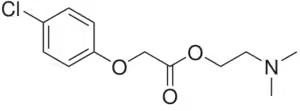
Centrophenoxine is an ester (chemically-derived) compound of DMAE and pCPA. DMAE seems to increase choline levels by preventing uptake of choline in peripheral tissues in the body. Since choline is a precursor to acetylcholine, more choline in your brain may raise acetylcholine levels. pCPA is a synthesized version of a plant growth hormone.
This combination helps DMAE cross the blood-brain barrier more easily than just supplementing with DMAE.
Centrophenoxine may be a good addition to your nootropic stack. It’ll increase your brain energy levels by boosting oxygen flow. It helps flush out dangerous free radicals and cellular waste. And will help improve memory and cognition.
Centrophenoxine vs. DMAE: What’s the Difference?
DMAE is used to make Centrophenoxine. DMAE is found in small amounts in your brain. A good food source of DMAE is fish.
But there is little evidence that DMAE as a supplement actually crosses the blood-brain barrier. And if it provides the brain enough choline needed to make acetylcholine.
Centrophenoxine seems to solve the blood-brain barrier problem. Adding pCPA to DMAE helps DMAE enter your brain. And this combination also seems to be an effective way to boost acetylcholine.
If you’re considering adding DMAE to your stack, Centrophenoxine may be a better alternative.
How does Centrophenoxine Work in the Brain?
Centrophenoxine boosts brain health and function in several ways. But two in particular stand out.
- Centrophenoxine helps improve memory.[ii] It does it in part by boosting the enzyme acetylcholinesterase in the brain.[iii] This is the enzyme needed for breaking down acetylcholine once it does its job in the post-synaptic neuron. The choline is then liberated to be taken up by the pre-synaptic neuron where acetylcholine is once again synthesized with the help of Acetyl-CoA and choline acetyltransferase.
Researchers set out to prove this in a clinical trial using lab rats. In this study they compared Centrophenoxine with DMAE. And determined that DMAE was about half as potent as Centrophenoxine in boosting choline and ACh levels.[iv]
Increased acetylcholine activity helps short-term memory, concentration, and learning.
- Centrophenoxine takes out the cellular trash. Lipofuscin are more commonly known as age pigments.[v] They show up as “age spots” or “liver spots” on aging skin. And they hide in cells throughout your body. Including your brain, liver, kidneys, heart, adrenals and nerve cells.
Lipofuscin are the product of oxidation of unsaturated fatty acids. They also contain other cellular heavy metal waste like mercury and aluminum.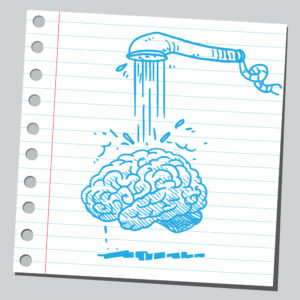
The buildup of this toxic mess is caused by a breakdown of your normal cellular waste disposal function. Centrophenoxine helps remove lipofuscin from brain cells. And from cells throughout your body.
The beneficial effects of Centrophenoxine were observed in several lab studies on older animals. Administration to these animals significantly increased life-span, and it boosted learning ability compared to age-matched controls.[vi]
How Things Go Bad
As we get older, our brain chemistry and energy metabolism changes.
↓ Brain cell membranes degenerate from toxic buildup
↓ Memory, recall, reaction time and mood diminish
↓ Acetylcholine levels decline
All of these age-related changes are contributing factors to the neurodegenerative diseases of aging. Including Alzheimer’s and dementia.
But even if you’re not concerned with anti-aging, Centrophenoxine can help.
Centrophenoxine benefits
Centrophenoxine is one of the oldest and most studied nootropics available today. It was developed in France in 1959. Primarily in the search for  something to combat age-related cognitive decline.
something to combat age-related cognitive decline.
Centrophenoxine is a combination of pCPA and DMAE. Some studies show that DMAE may boost acetylcholine levels in the brain by preventing choline uptake in the peripheral system in the body. Thus providing more choline which could be used to synthesize acetylcholine. But there’s very little evidence that it can cross the blood-brain barrier. pCPA seems to solve that transport problem.
Centrophenoxine is water-soluble and quickly enters your brain after you take it. Once in your brain, it boosts signal transmission, and protects neurons.
Centrophenoxine gets to work right away by temporarily boosting acetylcholinesterase in parts of the brain. This enzyme is needed for the synthesis of acetylcholine. And it gets busy clearing cells of free radicals and lipofuscin.
How does Centrophenoxine feel?
Centrophenoxine offers a gentle brain energy boost when you take it first thing in the morning. You’re able to remember things a little easier. Recall when you need it seems effortless.
Some neurohackers report that Centrophenoxine works well stacked with Aniracetam, Noopept, and Piracetam. It may work in part by providing some of the extra acetylcholine racetams demand when you take them.
And if you dose half in the morning, and the other half early afternoon, you should feel a brain energy boost throughout your day.
Centrophenoxine Clinical Research
Centrophenoxine Relieves the Symptoms of ADHD
A prescription form of DMAE called Deanol was used in the 1960’s and 70’s to treat learning and behavioral problems in children. What’s now known as ADHD.
A 3-month, double-blind, placebo-controlled trial involving 74 children was conducted in 1975. They were split into groups and given 40 mg. of Ritalin or 500 mg of Deanol (DMAE). Positive results from this trial showed DMAE comparable to Ritalin in effectiveness in controlling ADHD.[vii]
Centrophenoxine is Anti-Aging
Centrophenoxine is not only an effective cognition booster, it helps reverse the effects of aging in your brain. Much of brain cell membrane is made of phospholipids (fat). And it oxidizes as we age. In other words, free radicals build up. And are not removed from cells efficiently the older we get.
Aging brain cells also get clogged up with lipofuscin. Lipofuscin are the product of oxidation of unsaturated fatty acids. They also contain other cellular heavy metal waste like mercury and aluminum. You see lipofuscin show up as ‘age spots’ on older skin. The same thing happens in your brain.
Studies have shown that Centrophenoxine helps ‘flush out’ free radicals and lipofuscin from brain cells.[viii] And used by younger neurohackers, helps this cellular waste from building up in the first place.[ix]
Researchers in Hungary conducted a double-blind clinical trial with 50 people suffering from dementia. Average age was 77 years. They gave one group 2 grams of Centrophenoxine for 8 weeks.
They found that Centrophenoxine rehydrated ‘intracellular mass’. Proving this compound as a powerful free radical scavenger. It removed free radicals from aging brain cells. And restored them to a healthy state.[x]
In another study in India, researchers worked with male Wistar rats aged 4, 8, 16 and 24 months. They used these ages because they correlate with human aging from young to elderly.
Just like in humans, lipid oxidation and lipofuscin concentration increased with age. The experiment also showed that cellular free radical damage and lipofuscin buildup happened at the same time.
This buildup of cellular waste contributes to age-related decline in neuronal electrical activity (neural signaling). Cognition, memory and learning are all affected. The research team found that Centrophenoxine had no effect on younger rat brains. But in the two older age groups they saw a significant decrease in lipid oxidation and lipofuscin concentration.
Showing conclusively the anti-aging action of Centrophenoxine.[xi]
Centrophenoxine Improves Memory
Centrophenoxine boosts neuronal glucose and oxygen uptake in the brain. And helps the production of RNA and protein. RNA is derived from DNA in the cell nucleus. And enable neurons to form proteins. Which help encode memory and repair damage to brain cells.
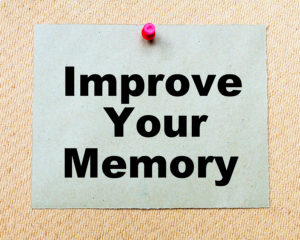 In one double-blind clinical trial, researchers worked with 50 people suffering from ‘dementias of medium level’. They gave the group 2 grams of Centrophenoxine, or a placebo for 8 weeks. 48% of the group that received Centrophenoxine showed improvements in memory.[xii]
In one double-blind clinical trial, researchers worked with 50 people suffering from ‘dementias of medium level’. They gave the group 2 grams of Centrophenoxine, or a placebo for 8 weeks. 48% of the group that received Centrophenoxine showed improvements in memory.[xii]
Another study was made of the effects of Centrophenoxine on the learning and memory of old mice. One group of mice were treated for 3 months and the other group received a placebo. The treated animals showed a significant improvement in memory and learning.[xiii]
Centrophenoxine Recommended Dosage
Centrophenoxine dosage is typically 500 mg to 1 gram daily.
If you’re stacking it with a racetam, split your dose. So a 1-gram dose would be 500 mg first thing in the morning, and the other half early afternoon.
Centrophenoxine seems to help increase choline and acetylcholinesterase in the brain. Which is needed for the synthesis for acetylcholine.
But keep this in mind; Centrophenoxine and DMAE are related to choline. They are not the same as choline. Centrophenoxine should not replace a regular choline source like Alpha GPC or CDP-Choline. But Centrophenoxine can be stacked with a choline source.
And yet some neurohackers take Centrophenoxine as a choline source to include in their racetam stack. Or use it as a nootropic on its own. Experiment and see what works best for you. YMMV.
Centrophenoxine Side Effects
Centrophenoxine has been used as a nootropic for nearly 50 years. So it’s safety is well established. It’s non-toxic and should be well tolerated by most neurohackers.
Some reported side effects include stomach upset, body odor, drowsiness, confusion, increased blood pressure, moderate depression, and irritability.[xiv]
If you deal with epilepsy or bipolar disorder you should avoid Centrophenoxine entirely.
Centrophenoxine could cause a boost in acetylcholine. So an excess of acetylcholine could cause the above-mentioned side effects.
Cycling Centrophenoxine with 5 days using it, and a 2-day break should eliminate any acetylcholine toxicity.
Where to buy Centrophenoxine
Centrophenoxine comes in powder form and capsules. Capsules are typically 250 – 400 mg.
Buy Centrophenoxine here: Click for Pure Nootropics – Centrophenoxine
Centrophenoxine is water-soluble so it’s not necessary to take it with a fat or oil. You may find it absorbs better or more quickly when taken with food.
Nootropics Expert Recommendation
Centrophenoxine 500 – 1,000 mg per day.
 We recommend using Centrophenoxine as a nootropic supplement.
We recommend using Centrophenoxine as a nootropic supplement.
Your body does not make Centrophenoxine on its own. And it’s not available from food. This nootropic is a combination of DMAE and pCPA, and is only available in supplement form.
In some countries Centrophenoxine is prescribed as Lucidril® for treatment of Alzheimer’s or age-related cognitive decline.
Studies show Centrophenoxine helps stop or reverse brain degeneration by clearing out free radicals and lipofuscin from brain cells. Making Centrophenoxine one of the primary anti-aging nootropics.
Centrophenoxine also boosts available choline. And a few studies show it can at least temporarily increase acetylcholinesterase. The enzyme needed for the synthesis of acetylcholine. Which would boost cognition, memory, recall and learning.
But we do not recommend using Centrophenoxine as your primary source of choline in your nootropic stack. We have much better acetylcholine precursors available to us including Alpha GPC and CDP-Choline.
We suggest starting with a dose of 500 mg daily. Possibly more depending on your racetam usage.
Age-related cognitive disorders like Alzheimer’s may want to up the dose to 2,000 mg per day.
Buy Centrophenoxine here: Click for Pure Nootropics – Centrophenoxine

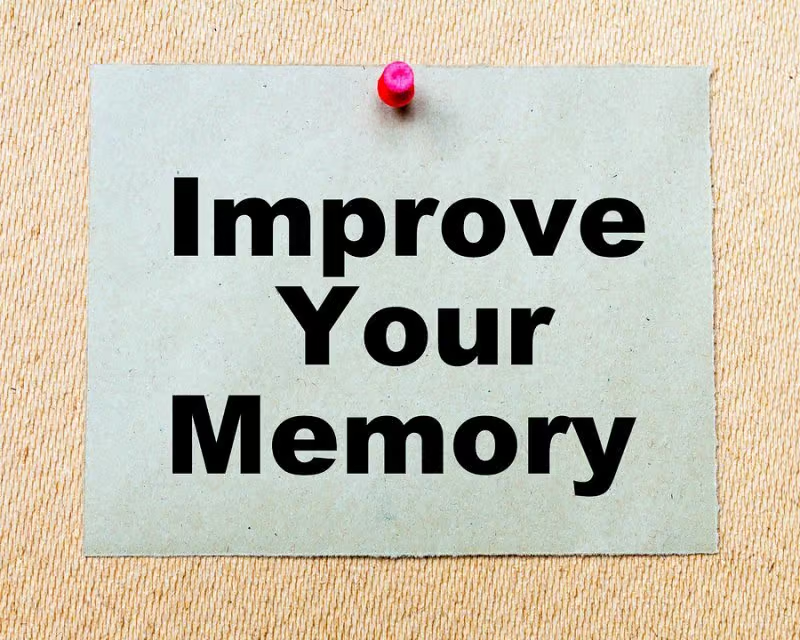
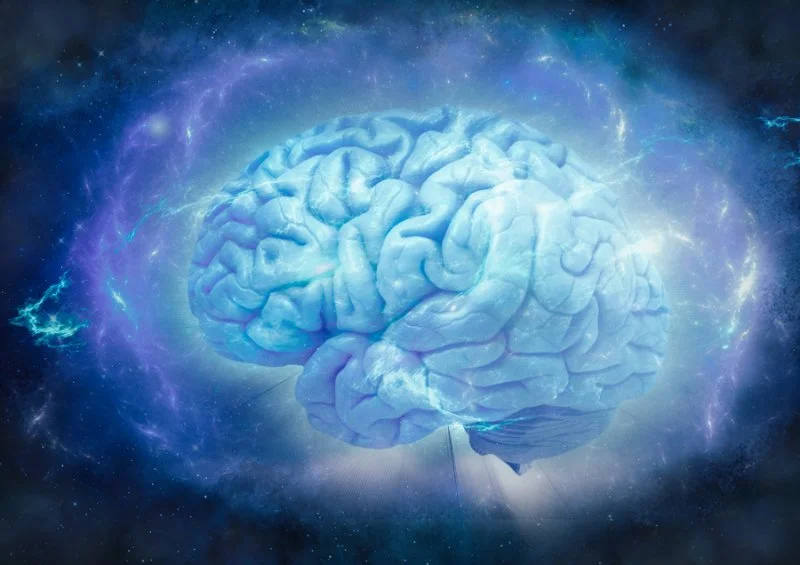


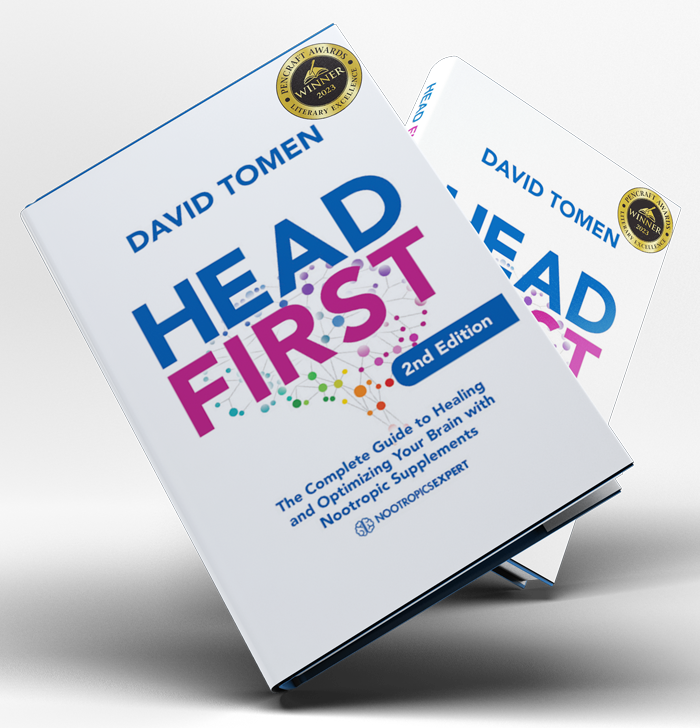
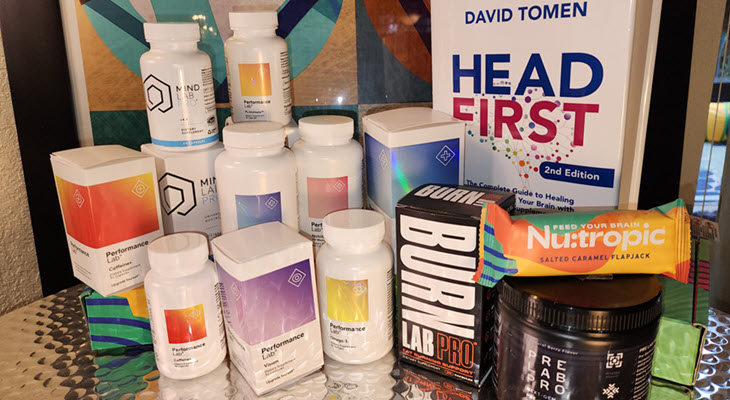
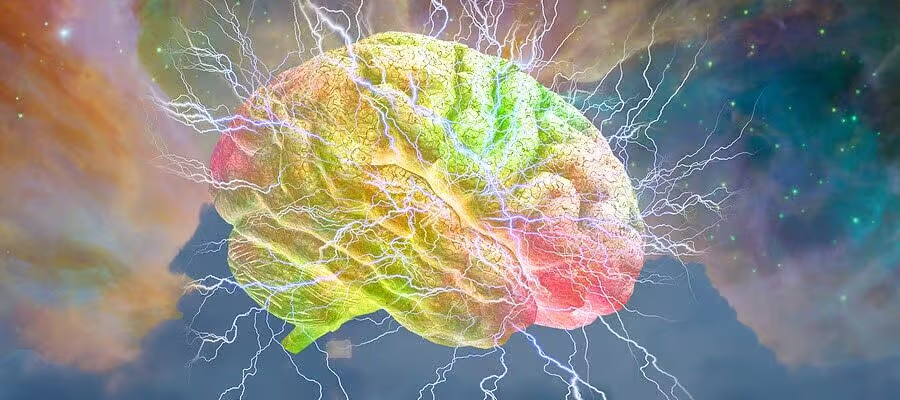
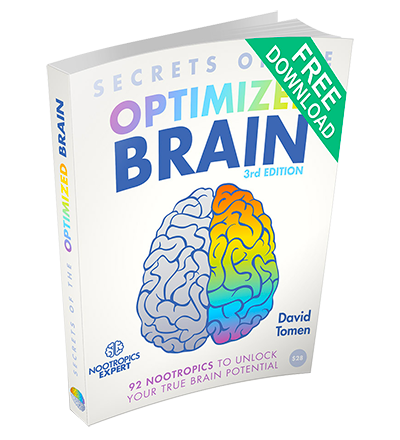
Join The Discussion - 108 comments
Aaron
August 27, 2020
Can anyone speak to kids using Centro? I’m hesitant, but it looks like it might benefit my son.
David Tomen
August 29, 2020
Aaron, Centrophenoxine has been used in kids with ADHD somewhat successfully. But I think there are better options available.
Why do you want your son to use this?
Laura
August 12, 2020
Hi David,
A family member is involved with nootropics of various kinds from racetams to others, like Bacopa monnieri and other herbal-based cognitive enhancer, and recommended I try Centrophyenoxine.
I want to know if there’ any interactions known between Centrophenoxine and analgesics and also Centrophenoxine and benzodiazepines, specifically, Oxycodone Hydrochloride such as Oxycontin Sustained release medications and Centrophenoxine and diazepam?
David Tomen
August 12, 2020
Laura, Centrophenoxine acts on acetylcholine so I don’t think it is contraindicated with any of these meds. But I highly suggest you double check using a drug interaction checker for each med: https://www.drugs.com/drug_interactions.html
Michael Rivera
April 11, 2020
Not sure if this is where to ask, but I plan on using Centrophenoxine, Alpha GPC and CDP Choline. Is there any problems with using the three together?
David Tomen
April 23, 2020
Michael, you may be boosting acetylcholine too much with this combo. Check the side effects section of either Alpha GPC or CDP-Choline to see what happens if you get too much.
Radek F.
January 30, 2020
From my own experience I can confirm conclusion on this page https://www.ncbi.nlm.nih.gov/pubmed/3121384 . I use 2 stacks of nootropics and rotate them every week (primarily to prevent the body from gaining resistance). 1st stack at 1st week – huperzine A + sulbutiamine + alpha GPC. 2nd stack at second week centrophenoxine + pramiracetam + alpha GPC. All in recommended doses.
After the first absorption of the 2nd stack (morning dose of 200mg centrophenoxine + 250mg pramiracetam) came a feeling of warmth in the chest within 15 minutes which disappeared within a few next minutes. Over the next few hours I felt irritable and slightly impaired my motor skills – very slight head spin, really slightly noticeable. It was clear that reason of this was some component of this stack. After aftrenoon dose it was simmilar. The next day came again similar body feelings. Third day the same. The rest of the week I stopped taking any nootropics. The next week was the use of stack num. 1, and everything was fine (I did a lot of work in robots programming. HupA + Sulbut. + AGPC = super stack). The following Monday I had used again stack num. 2 but I only took a pramircetam. In the morning after pramiracetam absorption, I observed a slight increase in attention, after the afternoon dose it was similar. I have to say that I was sleepy these days because of my baby growing teeth 🙂 At this point, the effects of pramiracetam I could confused with the placebo effect. I have a similar experience with piracetam. In general, I think that within pramiracetam (perhaps all -racetam?) It is important to be asleep for maximum effect. Or use higher doses + espresso ;). The next day was free of nootropics. The following day I took only centrophenoxine. Within 15 minutes I felt a slight warmth on my chest which I felt for the first time of use 2nd stack. With that came a slight irritability, one could say emotional sensitivity and at the same time a slight sleepiness. In this state I felt like I wanted to look at one point and think about everything and nothing. When the eyes was closed, the images traveled very strikingly, as is normally the case when falling asleep but most of us do not remember it. I noticed the same state when I first took centrophenoxine two weeks back. The images were so clear that I can remember those images today. I can imagine meditating with centrophenoxine. So that is my experience with centrophenoxine that support the conclusion on the page mentioned above.
David Tomen
January 31, 2020
Radek, the side effects you describe when using Centrophenoxine are well documented. Some cannot use this nootropic because of these side effects. For example: https://www.ncbi.nlm.nih.gov/pubmed/111283. Deanol is DMAE which is a main component of Centrophenoxine.
Radek F.
February 2, 2020
An interesting thing I didn’t read, good point David
Ish
September 15, 2019
Hey David your site has helped me a tremendous amount and I’d like to get your opinion on something. I’ve recently added Centrophenoxine and noopept to my daily supplementation of krill oil and magnesium bisglycinate, cycled every other day with huperzine a. I’ve made sure to have meals high in choline as to avoid damaging my brain. I’m 18 if I stop taking nootropics, will it have any adverse effects on my cognitive function.
Thank you,
Ish
David Tomen
September 15, 2019
Ish, as long as you are using this stack you should add a good choline supplement like Alpha GPC or CDP-Choline. Because there is no way to tell how much choline you are getting from the food you eat. Chances are you are not getting enough because our modern food supply is lacking for all kinds of reasons.
You should not experience any adverse affects if you stop using this stack. But you will likely miss the benefits they bring and which you may not realize until you stop using them.
Ish
September 15, 2019
I will try to get both alpha gcp and CDP choline, but will likely opt for CDP choline. I had a few more questions. how much of DMAE is found in Centrophenoxine? Because DMAE is an active component of Centrophenoxine, should I add phosphatidylcholine? Thank you for putting me at ease, sir.
David Tomen
September 16, 2019
Ish, Centrophenoxine is just DMAE paired with a pCPA (parachlorphenoxyacetic acid) molecule. It’s kind of like comparing Alpha GPC to choline. You can’t really do it. One works better than the other.
But as long as you you include CDP-Choline you don’t need Phosphatidylcholine unless you want to use PC for its own unique benefits.
Ish
September 20, 2019
I understand Mr. Tomem, thank you.
Amanda Kennedy
June 4, 2019
Hi, Mr. Tomen! ! I want to start taking L-Carnosine. I read your article about stacking L-Carnosine with DMAE so as to flush the lipofluscin byproduct out of your brain. I am confused about taking DMAE, however because you give it an overall “Do Not Recommend” rating. May I ask why? Is it dangerous? I ordered Centrophenoxine instead to stack with L-Carnosine, but this may be unwise. Can you give me your opinion?
David Tomen
June 5, 2019
Amanda, I should probably reverse my “do not recommend” for DMAE. I originally make that recommendation because people were using DMAE to increase acetylcholine synthesis in the brain. Which it does not do. Either DMAE or Centrophenoxine is good for eliminating lipofuscin.
Kevin L
May 23, 2019
Thank you again for your work in compiling all this info, David. Nootropics are a bit daunting and confusing. It’s nice to have one place that explains things thoroughly. Centrophenoxine is one of the more confusing nootropics I’ve read about. I have a couple questions maybe you can help me with. Huperzine A increases acetylcholine levels by inhibiting acetylcholinesterase. Yet, you say that Centrophenoxine may increase acetylcholine levels by boosting acetylcholinesterase. It’s like these two chemicals do opposite things, but get similar results. These two bits of information seem to contradict each other, but I’m sure there’s just a lot more to the process that I don’t know about. Is there some simple explanation you can give to reconcile these two points?
Also, I’ve read a few accounts by people online who stack Centrophenoxine with Huperzine A. Again, it seems to me like these two chemicals are opposite. Do they indeed work well together or is one just overpowering the other?
Thank you for your time.
David Tomen
May 25, 2019
Kevin, according to the clinical studies I’ve consulted the two nootropics both increase acetylcholine. But through very different mechanisms of action; one in specific areas of the brain, and the other at the molecular level. I realize it’s difficult for us non-scientists to wrap our brain around. It seems to me that the bottom-line is how it makes you feel.
Kevin L
June 6, 2019
Thank you. Yeah I just accept that much of this is simply over my head for the moment. Which of the two increases acetylcholine through one specific area of the brain?
David Tomen
June 6, 2019
Kevin, both are DMAE and it seems to work by prevent tissues throughout your body from taking up choline. Which we think supplies that choline to produce more acetylcholine in your body and brain. DMAE in either version does not contribute directly to the synthesis of acetylcholine. Only supplements like Alpha GPC or CDP-Choline does that.
Matt
April 22, 2019
Hi David,
I’ve read the DMAE article as well (and many others!), and want your advice: if I were to use only *one* of these to address Lipofuscin (as part of an L-Carno stack), and was less concerned about boosting ACL, which would you recommend, DMAE or Centrophenoxine, and why? Cheers, Matt.
David Tomen
April 23, 2019
Matt, I would use DMAE because it’s cheaper and has been around longer.